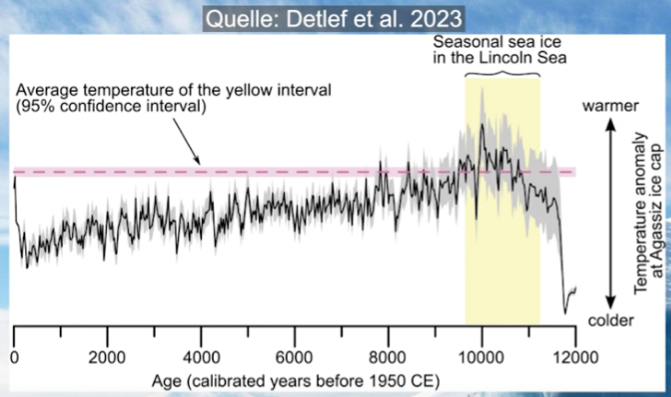Experts have been concerned that ice at the South Pole had declined significantly since the 1950s, which they feared was driven by man-made climate change. But new analysis suggests that conditions are now virtually identical to when the Terra Nova and Endurance sailed to the continent in the early 1900s, indicating that declines are part of a natural cycle and not the result of global warming. 2
“The missions of Scott and Shackleton are remembered in history as heroic failures, yet the data collected by these and other explorers could profoundly change the way we view the ebb and flow of Antarctic sea ice,” said Dr. Jonathan Day, co-author of a recent study. 3
The research was based on the ice observations recorded in the logbooks from 11 voyages between 1897 and 1917, including three expeditions led by Captain Scott, two by Shackleton, as well as sea ice records from Belgian, German and French missions. A map showing current sea ice extent in Antarctica and the routes of expedition ships, reveals that the edge of the continent is largely the same today as it was 100 years ago.
We know that sea ice in the Antarctic has increased slightly over the past 30 years since satellite observations began. Scientists have been grappling to understand this trend in the context of global warming, but these new findings suggest it may not be anything new.
These findings demonstrate that the climate of Antarctica fluctuated significantly throughout the 20th century and indicates that sea ice in the Antarctic is much less sensitive to the effects of climate change that that of the Arctic which has experienced a dramatic decline during the 20th century.
Other confounding i




